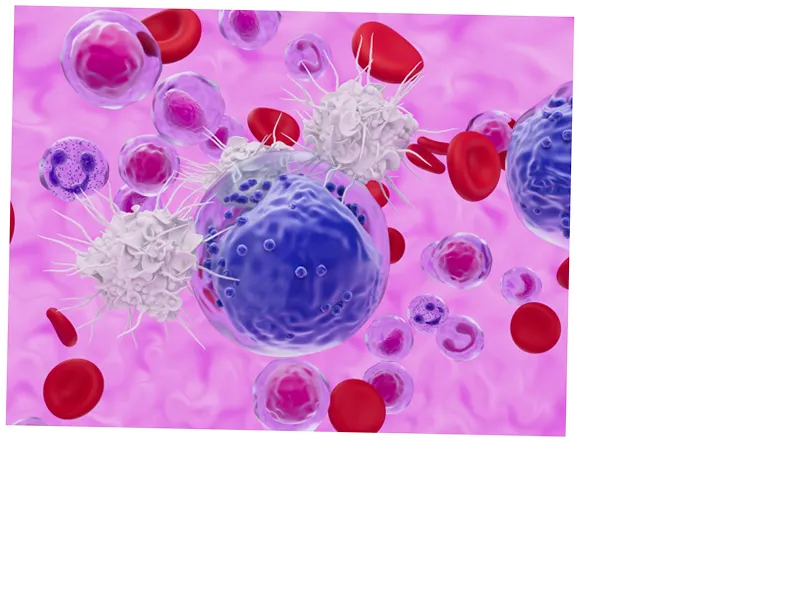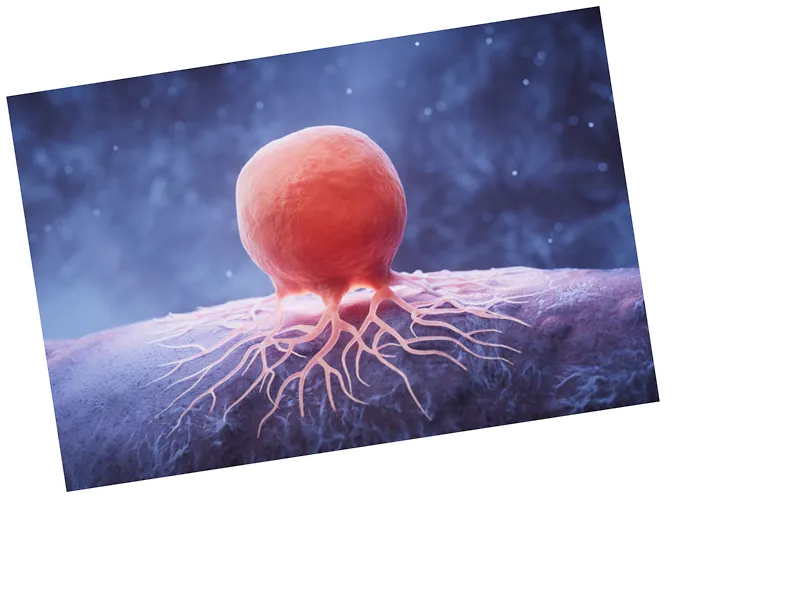Unveiling the Surprising Interactions Between Immune Cells
A groundbreaking study from the Max Planck Institute for Immunology and Genetics in Germany has uncovered fascinating interactions between immune cells, particularly between neutrophils and mast cells. The research reveals that mast cells can trap neutrophils, utilizing their remains to enhance their own functionality. This unexpected finding sheds light on the complex dynamics of the immune response, particularly during inflammation, which is characterized by heat, pain, redness, and swelling. The study emphasizes the importance of understanding these interactions to better comprehend the mechanisms behind allergic reactions and chronic inflammation.
The Role of Neutrophils and Mast Cells in Immune Defense
Neutrophils are crucial components of our innate immune response, playing a significant role in combating infections caused by bacteria and fungi. These cells are equipped to respond swiftly to danger signals and utilize various mechanisms, including engulfing foreign materials and releasing antimicrobial substances. Interestingly, mast cells, which are known for initiating inflammation, have been found to exploit the very traps that neutrophils set for pathogens. This intricate relationship raises questions about the balance between immune defense and potential overreactions in allergic responses.
Implications for Allergic Reactions and Inflammatory Diseases
The discovery that mast cells can recycle materials from trapped neutrophils to bolster their own immune functions presents new avenues for research. Understanding how these immune cells interact could have significant implications for treating chronic allergic conditions and other inflammatory diseases. Researchers are now investigating these interactions in human subjects, aiming to uncover potential therapeutic targets that could lead to more effective treatments for allergy sufferers and those with inflammatory disorders.






